HORIZON2020 Projects
- On Going
- Past Projects
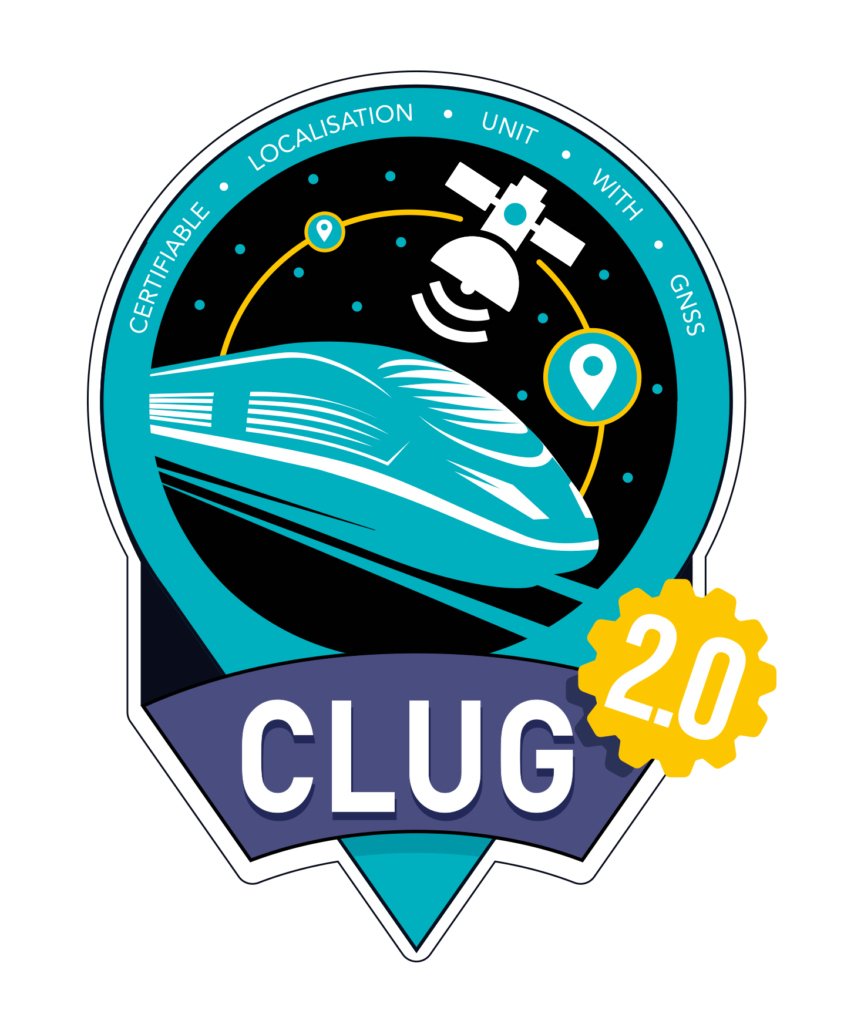
CLUG 2.0
CLUG 2.0 (CLUG Demonstration of Readiness for Rail) is 24th Month project funded by EUSPA which continue the activity started in the CLUG project. The main objective in this second project remains the same as the one identified in CLUG the development and demonstration absolute safe train positioning by applying the existing and future European Global Navigation Satellite System (GNSS) and the European Geostationary Navigation Overlay Service (EGNOS) and multi-sensor functionality for train localization.
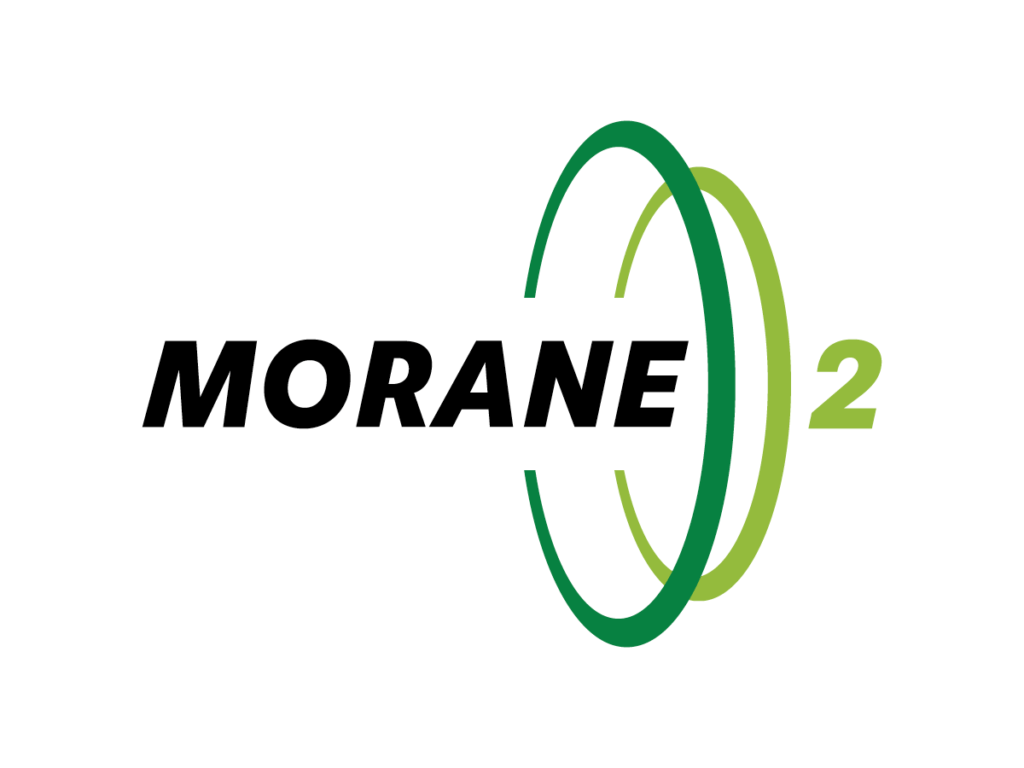
FP2-MORANE-2
The FP2-MORANE-2 project is aimed at testing the Future Railway Mobile Communication System (FRMCS) technology in real-world conditions.
This initiative demonstrates Europe’s focus on developing sustainable, efficient, and competitive rail transport. The €13.5m project a key part of the European Rail Traffic Management System (ERTMS), designed to improve capacity, digitalisation, and the competitiveness of passenger and freight rail transport in the European Union (EU).
The 34-month project, co-funded by Europe’s Rail Joint Undertaking (EU-RAIL) and the European Smart Networks and Services Joint Undertakings (SNS JU), is designed to test and refine market-ready specifications for signalling technology on Europe’s busiest railway lines.
DACcord

ASTRAIL
The main objective of the ASTRAIL project is to increase the railway sector’s efficiency and safety. ASTRAIL will contribute to enhance the signalling and automation of the railway system thanks to innovative solutions that exploit cutting edge technologies already present in other sectors, such as the avionics or the automotive sector. Examination of such technologies and assessment of their reusability in the railway field will be done taking into account all issues related to safety and performance in the rail system.
ASTRail is split into 4 main technical work streams:
- 1GNSS technology into the ERTMS Signalling System
- Hazard Analysis of the railway system (with a focus on “moving block signalling”)
- Automatic driving technologies for Automatic Train Operations
- Formal language and method to be applied in the railway field.
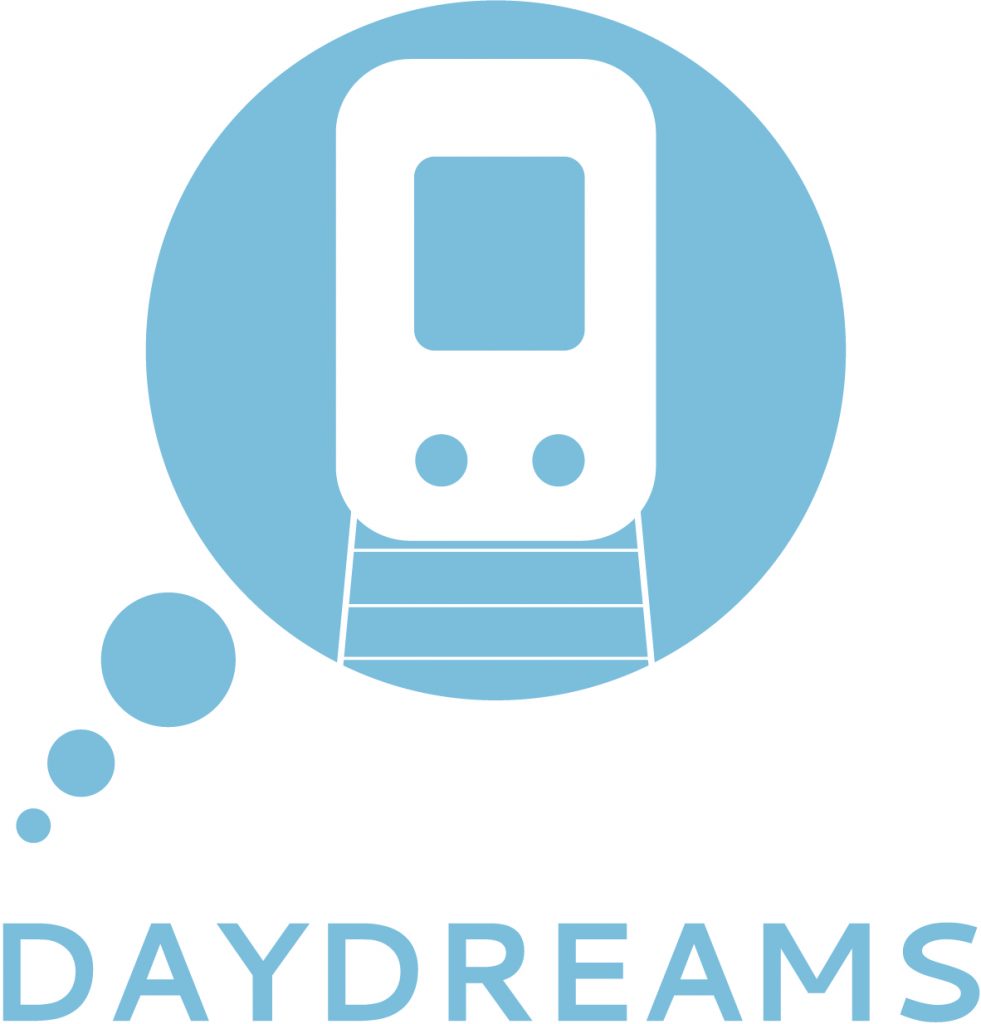
DAYDREAMS
DAYDREAMS’s overall objective is to advance the integration and use of data and artificial or human trustworthy intelligence, together with context-driven
Human Machine Interface (HMI) for prescriptive Intelligent Asset Management Systems (IAMS), in railway by:
- Advancing the maintenance approach by moving from preventive and predictive asset management towards prescriptive asset management
- Largely improving the decision-making process by developing multi-objective decision optimisation approaches thus taking into account all possible – often conflicting – implications of IAMS decisions in the railway environment (e.g. on Traffic Management System, Energy, Freight, etc.)
- Reinforcing the role of the person-in-the-loop by designing and developing advanced context-driven HMIs to allow context- and risk-aware, multiple-options decision-making processes supported by the information on data sensitivity and robustness. The HMI will allow the person-in-the-loop to:
o Properly access and visualise predictions or metrics and models
o Assess why and how the model predicts something (“opening the black-box”)
o Steer models by setting parameters
o Evaluate alternatives using parameter steering and extending this process through speculative execution
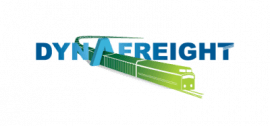
DYNAFREIGHT
DYNAFREIGHT (Innovative technical solutions for improved train DYNAmics and operation of longer FREIGHt Trains) is a 20-month project which includes 10 partners from six EU Member-states: UNIFE, Lucchini RS, KTH, Politecnico di Milano, Technische Universität Berlin, Huddersfield University, ADIF, Laird Controls Europe and FIT Consulting.
The final vision of DYNAFREIGHT is fully in line with the objectives of the EU White Paper on Transport. DYNAFREIGHT will contribute to this vision and overall concept of the EU rail freight transport by focusing on the next generation freight bogie locomotives and on preparing the path for regular operations of long freight trains (up to 1,500m), providing the first steps for the development of S2R Technology Demonstrator 5.5 “New Freight Propulsion Concepts” within S2R Innovation Programme 5.
DYNAFREIGHT will contribute to the next railway freight propulsion concepts by addressing two main areas: freight running gear for locomotives and operation of long freight trains, with the following high-level objectives:
- Improved performances: traction, speed, running dynamics and wheel/rail efforts;
- Reduced rail freight noise at the source;
- Enhance capacity/traffic throughput with the operation of longer trains (up to 1,500m);
- Reduced operation and maintenance costs (reduce wheel and rail wear, smarter maintenance, etc.).
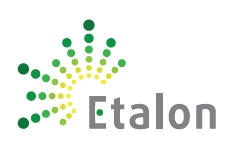
ETALON
The main objective of the “ETALON” project is the adaptation of energy harvesting methodologies for trackside and on-board signalling and communication. ETALON will contribute to the enhancement of train integrity functionalities, providing a suitable energy supply for on-board train integrity detection and a robust radio communication system between vehicles. ETALON will also contribute to the reduction of cost, providing an energy harvesting solution for Smart Radio connected wayside objects and implementing an off-board radio communication system with object controllers.
As a result, ETALON considers the specification and development of energy harvesting solutions to support on-board train integrity and Smart Radio connected wayside objects which are economically viable and suitable. It will take into consideration onboard and offboard radio communication solutions, safety critical aspects as well as reliability and availability in difficult rail environments.
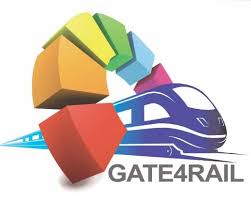
GATE4RAIL
GNSS Automated Virtualized Test Environment for Rail (GATE4Rail) deals with tasks TD2.4 and TD2.6 of the Shift2Rail Multi Annual Action Plan. Particularly, its main goals are: i) achieving a realistic characterization of the environment in terms of railway and GNSS infrastrustructures able to evaluate the performances and properties of some fail-safe train positioning components in nominal and fault conditions; ii) defining a common test process framework for zero on-site testing instead of testing on-site saving effort and time.
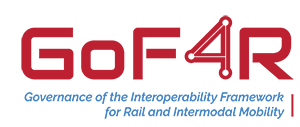
GOF4R
GoF4R (Governance of the IF for Rail and Intermodal Mobility) is a 2-year project which includes the following 16 partners from 8 different EU Member States: UNIFE, CEFRIEL, CNC, D’Appolonia, EPF, Masaryk University, OLTIS Group, Politecnico di Milano, RSSB, Teleste, Trenitalia, UIC, University of Zilina, Universidad Politécnica de Madrid and University of Sheffield.
The objectives of GoF4R are to analyse the economic determinants of the market for customer-centric mobility services as they are shaped by the introduction of the Interoperability Framework technology like:
- Network effects, externalities, the effect of the introduction of matchmaking platforms and social networks in the market place;
- Economic Incentives / disincentives for adoption on market Agents;
- Constrains on the supply of critical inputs, including human resources.
Additionally, the project aims at designing specific governance structures and processes that maximize the effect of market forces on adoption of the technology while providing mitigating measures for residual market failures. Lastly, it will generate recommendations on possible needed adaptations of the legal framework regulating the provisioning of compatible networked customer centric mobility services.
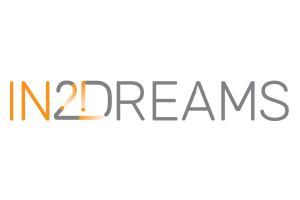
IN2DREAMS
The predicted growth of transport, especially in European railway infrastructures, is expected to introduce a dramatic increase in freight and passenger services by the end of 2050. To support sustainable development of these infrastructures, novel data-driven ICT solutions are required. These will enable monitoring, analysis and exploitation of energy and asset information for the entire railway system including power grid, stations, rolling stock and infrastructure. IN2DREAMS (INtelligent solutions 2ward the Development of Railway Energy and Asset Management Systems in Europe) will address these challenges through two distinct work streams: WS1, focusing on the management of energy-related data and WS2, focusing on the management of assetrelated data. IN2DREAMS will develop and demonstrate a modular cloud-based open data management platform (ODM) facilitating ubiquitous support of both energy and asset services.
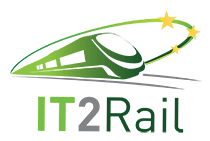
IT2RAIL
The IT2RAIL -“Information Technologies for SHIFT2RAIL” project is a first step towards the long term IP4 -“IT Solutions for Attractive Railway Services”, one of the SHIFT2RAIL Joint Undertaking’s Innovation Programmes. IT2Rail is fully funded by the European Commission under Horizon2020. Through the introduction of radical new technologies and solutions, the European citizen’s global travel interactions will be transformed into a fully integrated and customised experience, rendering the entire European transportation system a natural extension of citizens work and leisure environments, across all modes, local and long-distance, public and private.
IT2Rail aims at creating:
- A seamless travel experience: a complete multimodal travel offer, connecting the first and last mile to long distance journeys combining air, rail, coach and other services.
- A seamless access to all travel services: the travel experience will be totally enhanced through the integration of a wealth of travel services supported by innovative digital technologies.
A use case will be defined as a specific instantiation for the open concepts, and will benefit from a completely scalable architecture fully instantiated in IP4. This approach is addressing all the key challenges of the work program, supporting a complete door-to- door intermodal travel offer and proposing a seamless integration of the very diverse existing and future services for planning, one-stop-shop ticketing, and real-time re-accommodation. Moreover, thanks to an Interoperability framework which insulates travel applications from the standards fragmentation in multimodal transport, IT2RAIL liberates business-model innovations in the market-place, guaranteeing the economic self-sustainability of these e-services in the long-term.
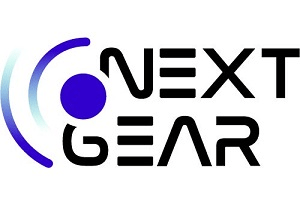
NEXTGEAR
NEXT generation of methods, concepts and solutions for the design of robust and sustainable running GEAR (NEXTGEAR) will implement a coordinated set of research activities to develop Running Gear Innovations and the Wheel Set of the Future.
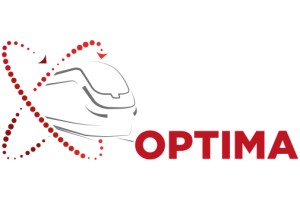
OPTIMA
Over the last decades, main Infrastructures Managers (IMs) have deployed Traffic Management Systems (TMS) which have been used to manage the operation of the railway system. However, the existing interfaces of the TMS were not developed considering the scalability of the system and were generally constituted of proprietary ad-hoc solutions limited to the core TMS. Therefore, the integration of new interfaces with additional rail business and information services will require a duplication of ICT resources and large recurrent expenditures. Another disadvantage of the current TMS is the lack of standardization in their interfaces which does not allow for the full potential benefits of developing rail business and information services such as the interoperability of the system with other similar TMS , to be taken advantage of.
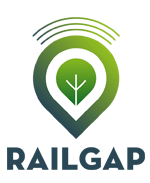
RAILGAP (RAILway Ground truth and digital mAP)
EGNSS satellite technology has already been identified as one of the game-changer technologies of the ERTMS and Command and Control System (CCS) evolutions aiming at saving investments and operational costs. Although, in the last years the item regarding the introduction of the satellite assets to allow the ERTMS to operate seamlessly with GNSS-based Virtual Balises functionally has been deeply investigated and analysed, there are still barriers preventing its large adoption.
RAILGAP will contribute to filling this gap through the development of innovative and advanced methodology related tools for designing accurate and reliable references, such as the development of innovative High Accuracy and High Precision Ground Truth and Digital Maps. RAILGAP is the first project that will use Commercial trains to collect massive data from the fields overcoming main limitations.
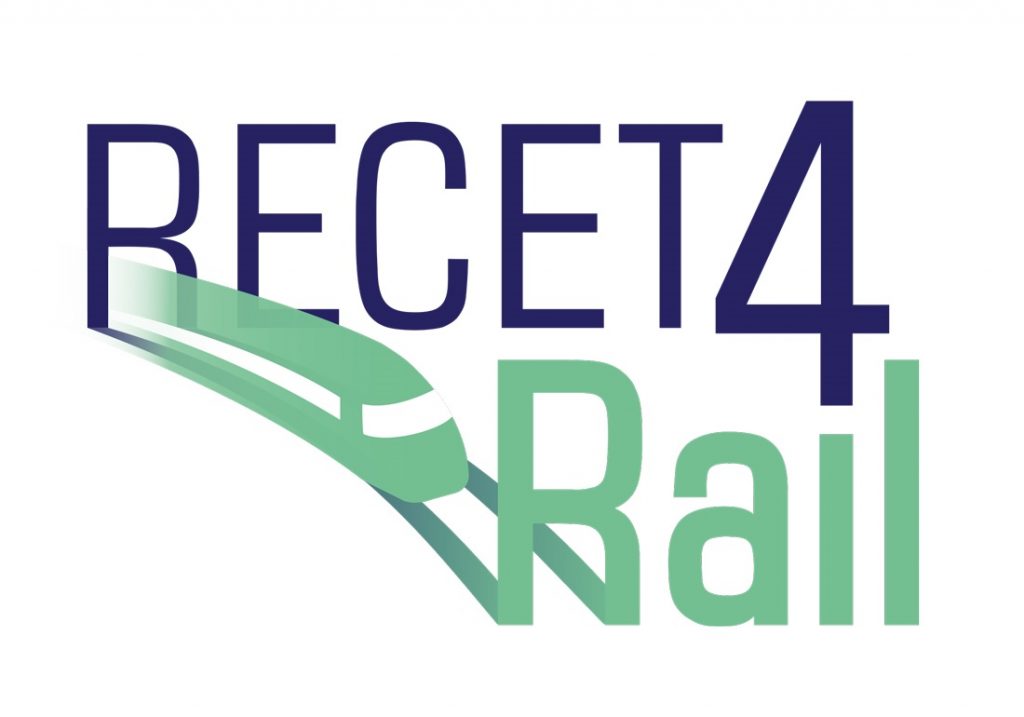
RECET4Rail
The RECET4Rail project’s ambition is to provide essential knowledge and competence that can lead the improvement to high TRL levels of Shift2Rail traction demonstrations developed in PINTA-3 project, within the 1st Innovation Programme of Shift2Rail. This collaboration paves the way for future key developments on fields such as digitalisation applied to traction, environmental sustainability (especially devising carbon-free traction systems) or reinforcement of standardisation to lower complexity and costs.
Four workstreams are envisaged: (i) 3D additive manufacturing and new manufacturing technologies; (ii) Wireless Dynamic Charging for urban vehicles based on silicon carbide (SiC) semiconductors and high power Li-ion batteries sizing; (iii) Investigations on reliability of traction components and lifetime mechanisms; (iv) Big Data, Artificial Intelligence (AI) for smart and predictive maintenance of traction systems.
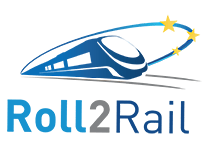
ROLL2RAIL
ROLL2RAIL is a research project which aims to develop key technologies and to remove already identified blocking points for radical innovation in the field of railway vehicles as part of a longer term strategy to revolutionise the rolling stock for the future.
In particular, Roll2Rail focuses on technological innovations in different subsystems of the vehicles which, each and all together contribute to achieve the desired impact at vehicle level and whole railway system level improving capacity, reliability, efficiency, comfort and LCC. The project expects innovations in 8 different areas such as traction and power electronics, train communications, car bodyshell, running gear technologies, brakes, train interiors, noise and vibration and energy performance.
At the end of the project all the results will be further developed, leading to demonstration in real vehicles or relevant environments feeding into IP1 of Shift2Rail. Moreover, this project will deliver a set of technical recommendations and proposals of standarisation.
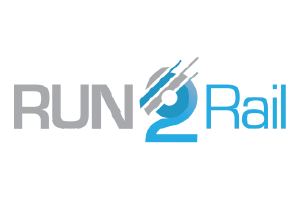
RUN2RAIL
RUN2RAIL (Innovative RUNning gear soluTiOnsfor new dependable, sustainable, intelligent and comfortable RAIL vehicles) is a Shift2Rail Open Call project within the Horizon2020 Programme. RUN2Rail will explore several technical developments for future running gear, looking into ways to design trains that are more reliable, lighter, less damaging to the track, more comfortable and less noisy. Moreover, the project will look into other sectors in order to gain expertise and to transfer innovative solutions for future running gears.
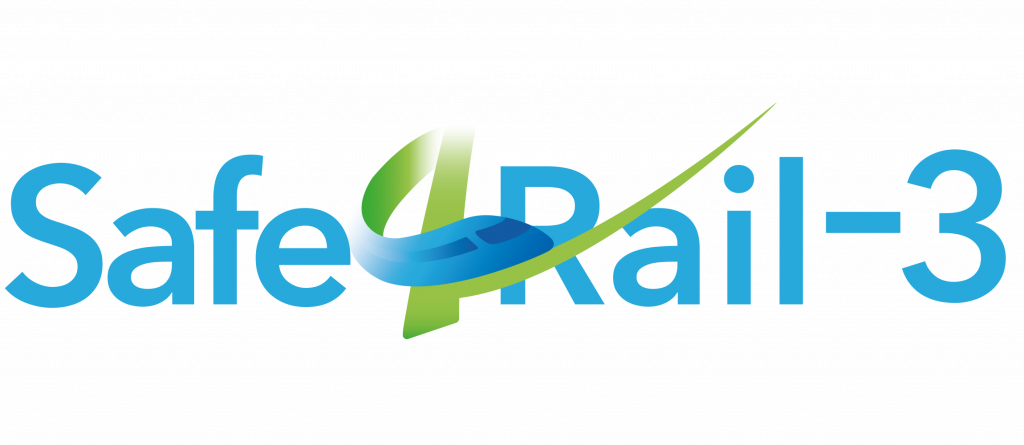
SAFE4Rail-3
Safe4Rail-3 (Advanced safety architecture and components for next generation TCMS in Railways) is a 32-month long Shift2Rail IP1 research project. The consortium, coordinated
by UNIFE, is going to work on the development of “Technical solutions for the next generation of TCMS”. Safe4RAIL-3’s main goals, in collaboration with the S2R CONNECTA-3 project, are to increase the flexibility and reliability of the TCMS communications, reduce development and maintenance costs, and achieve novel train functionalities. It will do so while paying special attention to manufacturer interoperability and the availability of multiple sources.
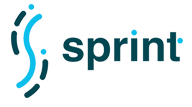
SPRINT
SPRINT, short for Semantics for PerfoRmant and scalable Interoperability of multimodal Transport, is a project directly linked with S2R IP4. The project has reached its halfway point in December 2019.
SPRINT’s objectives are to improve the performance and scalability of the Interoperability Framework being developed by IP4 as a whole, sustain a large deployment and to simplify and/or automate all the steps needed to integrate new services and sub-systems into the IP4 ecosystem. Moreover, SPRINT contributes to the realisation of the Interoperability Framework by masking the complexity of interoperability to travel applications by publishing in the Interoperability Framework’s Assets Manager uniform abstractions of services enabling travel applications to know how to communicate with them (e.g., web service or API interfaces and communication protocols). Lastly, SPRINT will provide additional technical means to operate on the “web of transportation data”. For example, the Interoperability Framework will enhance its ability to act as a distributed broker and communicate with different services as a means to dynamically discover, bind and inject data and services. This will include the Mobility Service Providers identification on the basis of their geographical area and offered service capabilities.
This project has received funding from the European Union’s Horizon 2020 research and innovation programme under grant agreement No: 826172

ST4RT
The technologies developed will comprise ontology engineering and automated semantic transformations, in a dedicated work package, to provide the actual runtime demonstration scenario of the application of such technology to transformations of existing European TAP-TSI specification exchanges executed on an existing industrial platform for such exchanges.
The project extends the capabilities of the IF as described in the Shift2Rail Multi Annual Action Plan contributing to the realisation of a distributed semantic “web of transport” integrating the TAP-TSI specification as one of its elements.
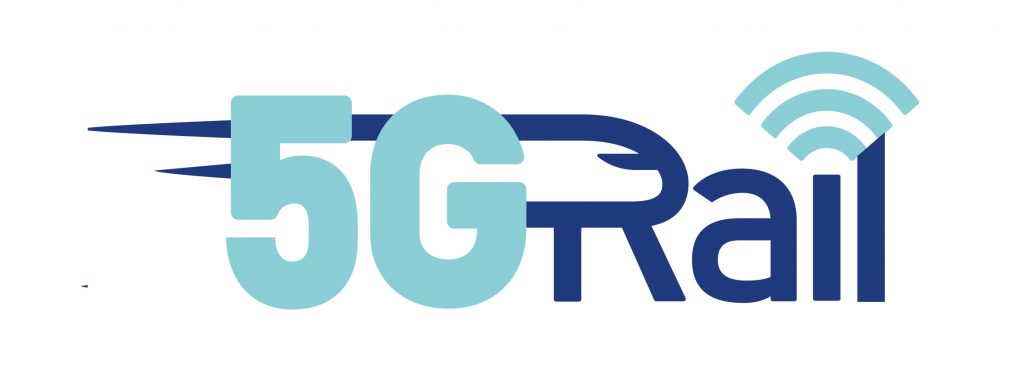
5GRail
The 5GRAIL project is answering to the Horizon2020 call under the 5G PPP – 5G for Connected and Automated Mobility (CAM) topic. The main objective of 5GRAIL is to validate the first set of FRMCS specifications (also called FRMCS V1) by developing and testing prototypes of the FRMCS ecosystem, for both trackside infrastructure and on-board. Regarding on-board, 5GRAIL aims to reduce specific equipment costs and installation engineering time by combining all train-to-ground communications by enabling a modular on-board setup based on standardised interfaces and including mainstream 5G components, called TOBA (Telecom On-Board Architecture), in alignment with the sector’s technical vision.
The validation of the latest available railway-relevant 5G specification will be achieved through emulation of cross-borders trials covering significant portions of railway operational communication requirements and including the core technological innovations for rail expected from 5G release 16 and pre-release 17.
The project will first define the functional related tests and then work towards prototypes development and evaluation, for both on-board and infrastructure, including vital ETCS (European Train Control System) and ATO (Automatic Train Operation) and essential FRMCS voice train driver to signaller specific services and TCMS (Train Control and Monitoring System) applications.

GEARBODIES
The GEARBODIES project, which started in December 2020, is bringing together 13 partners from 8 Members States to work towards the development of cost-efficient and reliable trains by contributing with specific innovations linked to Technology Demonstrators (TD) of Innovation Programme 1 (IP1) within Shift2Rail.
More specifically, the project partners will develop innovations through two dedicated work streams:
- Work Stream 1 (WS1): Dealing with inspection methods for carbodies using new materials (TD1.3) which aims to develop effective and affordable solutions for inspecting carbodies that are using new lightweight materials;
- Work Stream 2 (WS2): Innovative approaches for developing running gear components (TD1.4) which aims to employ innovative approaches, tools and methods for developing novel concept designs of running gear components with extended lifetime, and low LCC, whilst maintaining or reducing current levels of reliability, noise emissions, and track damage.
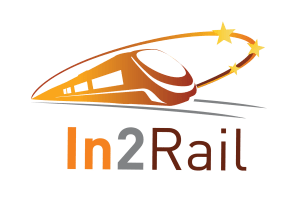
IN2RAIL
In2Rail is a research project which aims to set the foundations for a resilient, consistent, cost-efficient, high capacity European network. In2Rail will feed into the Shift2Rail Innovation Programmes 2 (Advanced Traffic Management & Control Systems) and 3 (Cost Efficient and Reliable High Capacity Infrastructure).
In2Rail focuses on three main workstreams:
Smart Infrastructure:
- Intelligent reliable infrastructure: integrated asset monitoring, self-diagnostic and adjusting assets, efficient design and new materials, exploring mechatronic solutions, with an increased focus on data from low-cost, low-maintenance sensors.
- Better system resilience and a reduced need for maintenance through innovative infrastructure design, novel working methods and smarter use of data leading to reduced LCC and greatly improved availability.
- Overall reduction in carbon emissions, noise and vibration, and improved levels of sustainability.
Intelligent Mobility Management:
- A standardised approach to information management and dispatching system enabling an integrated Traffic Management System (TMS).
- An Information and Communication Technology (ICT) environment supporting all transport operational systems with standardised interfaces and with a plug and play framework for TMS applications.
- An advanced asset information system with the ability to ‘nowcast’ and forecast network asset statuses with the associated uncertainties from heterogeneous data sources.
Rail Power Supply and Energy Management:
- Design a future AC Rail Power Supply System with minimised energy losses and optimised loads.
- Implement an efficient energy management system allowing understanding of energy flows within a railway system, a reduction of the energy consumption and cost, optimised asset management and enabling better use of the railway capacity.
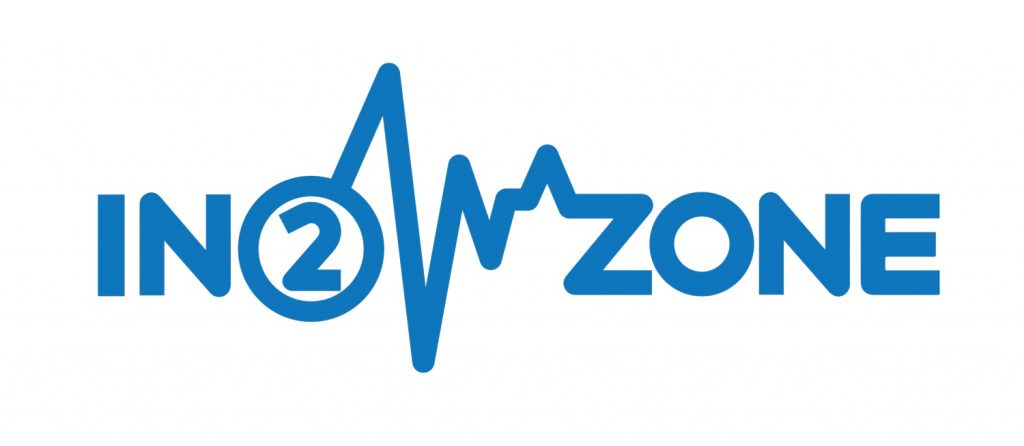
IN2ZONE
IN2ZONE, a Shift2Rail JU (S2R) funding project, part of the 3rd Innovation Programme, aims to develop the next generation of transition zones that offer incremental reductions in maintenance requirements compared to existing solutions.
In order to achieve this, the project is focused on 6 different Work Streams working in the following topics: (i) Development of next generation track transition zone solutions (ii) Development to apply a CSM-RA for Hazard Identification (HAZID) and Hazards related (iii) Development of LCC and RAMS performance models (iv) Design and specification for monitoring equipment required to validate the transition zone demonstrator within IN2TRACK3 (v) Support for integration of the transition zone design into the whole-system next generation track (vi) development of simulation models to support validation of the final transition zone designs for a range of applications.
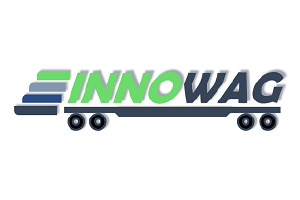
INNOWAG
INNOWAG (INNOvative monitoring and predictive maintenance solutions on lightweight WAGon) is a 30-month project co-financed by the European Commission’s S2R initiative aimed at increasing rail freight competitiveness and the development of the next generation of lightweight and intelligent freight wagons by addressing specific challenges in the three essential areas, identified by the call, through three subsequent work streams, namely:
- Work Stream 1 (WS1): Cargo condition monitoring;
- Work Stream 2 (WS2): Wagon design;
- Work Stream 3 (WS3): Predictive maintenance.
Moreover, INNOWAG will consider the compatibility between the solutions proposed and researched in the three areas, as well as their integration into a novel concept of wagon. The aim of the proposed project is to develop intelligent cargo monitoring and predictive maintenance solutions integrated into this novel concept of lightweight wagon, which would respond to major challenges in rail freight competitiveness.
UNIFE is leading the work on exploitation as well as contributing to the dissemination and communication strategy of the project. UNIFE members in INNOWAG are Lucchini RS and Uzina de Vagoane Aiud.
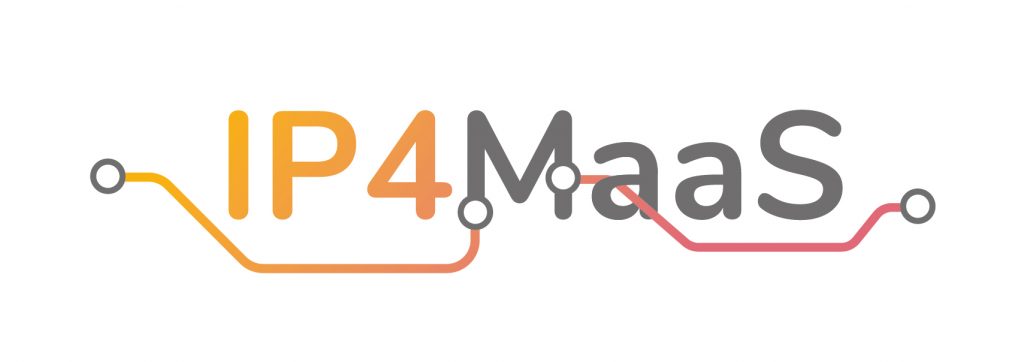
IP4MAAS
IP4MaaS is the latest open call project directly linked with the 4th Innovation Programme (IP4) of Shift2Rail. It brings together 26 partners across Europe and commenced in December 2020. IP4MaaS is set to last 30 months.
IP4MaaS will assist IP4 projects to demonstrate the technologies at an unprecedented level – in 6 different locations in Europe – by including more than 10 transport operators (Public Transport and Mobility-as-a-Service), authorities and agencies. IP4MaaS will develop the scenarios for the demonstrations and a thorough assessment strategy that illustrates both their performance and impact on users and the environment in urban and suburban setups. IP4MaaS will also create strategic plans for the demonstrations that will be updated in two iterations leading to two demonstration phases.
Furthermore, the project will provide recommendations regarding the promotion and transferability of the technologies to other locations in Europe. IP4MaaS will organise and monitor one of the largest demonstrations of technologies in European project history and expects its findings to be used as a baseline for future demonstrations and testing that involves a diverse group of demo partners.
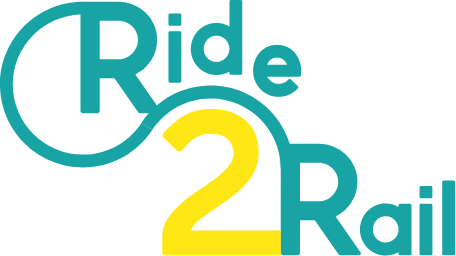
RIDE2RAIL
The RIDE2RAIL project aims to develop solutions and tools that will facilitate the efficient combination of ride-sharing and scheduled transport services such as bus and rail.
By making it easier to compare and choose between multiple transport options and services, RIDE2RAIL seeks to make ride-sharing a (more) attractive way to move passengers towards public transport services and at the same time fight congestion and pollution.
The project will integrate multiple (public/private/social) data sets and existing transport platforms to make ride-sharing a complementary transport mode that extends public transport and rail networks.
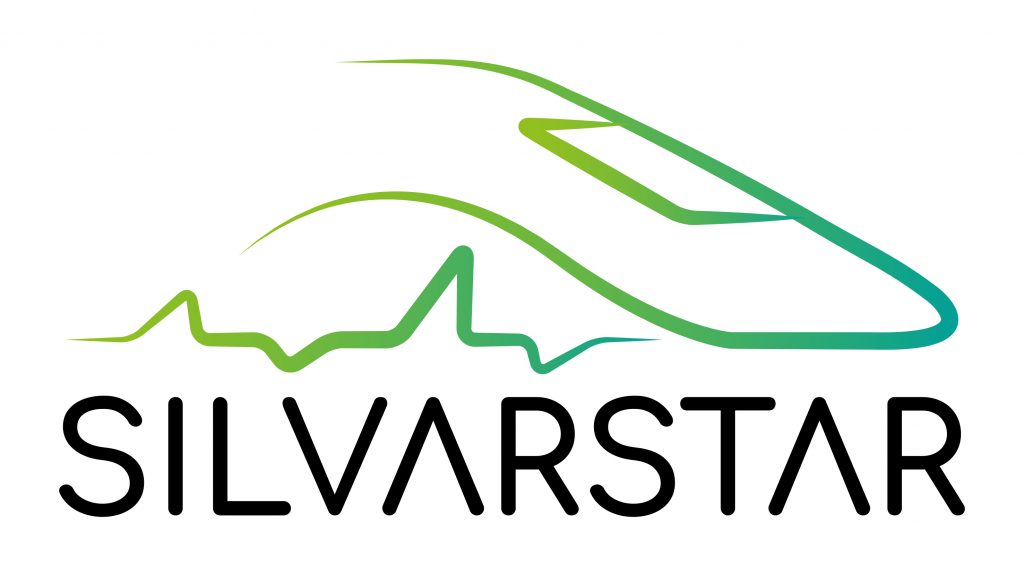
SILVARSTAR
SILVARSTAR, a collaborative project under the Shift2Rail Joint Undertaking to contribute excellence in noise and vibration within the Cross-Cutting Activities of Shift2Rail.The project’s main ambition is aimed at the development of proven software tools for application in soil vibration and in auralisation within the railway sector. In this context, the project has two workstreams which address these challenges:
- The first work stream is focused on the prediction of ground vibration through the development and validation of a hybrid (numerical and experimental) approach.
- In the second work stream, auralisation and visualisation software tools will be developed based on a physics-based model to synthesize railway noise in high quality.
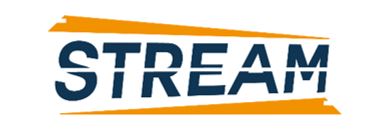
STREAM
STREAM, a collaborative project within the 3rd Innovation Programme of Shift2Rail JU. Activities in this project will deliver two methods (Work Streams) to improve competitiveness in railway maintenance and construction operations:
- The first one will consist on the development of a control platform aiming to convert traditional heavy-duty hydraulic machines (e.g. excavators) in robotic systems (OTA3M).
- The second technology will be focused on the deployment of a modular wearable active exoskeleton to reduce the risk of injury due to physical overload. This exoskeleton will be worn by workers and will assist them in physically demanding activities
The ultimate goal of the STREAM project is to support the construction and maintenance processes of railway infrastructures by introducing smart technologies within the current working procedures, to improve them by optimizing their operation planning, safety and performance
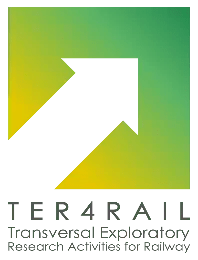
TER4RAIL
TER4RAIL entails a coordination and support action to determine transversal exploratory research activities among different actors that are beneficial for railways. The Shift2Rail Multi Annual Action Plan (MAAP) will play a central role in the establishment of future interoperable railway systems suitable for European society and environment. However, due to the rapid pace of technological change and innovation, it is necessary to be aware of the novel possibilities that can enable an increasingly sustainable progress in this regard.
Additionally, the European railway community is represented by different actors (industry, academia, users, researchers, and policy makers) with different perceptions regarding technological applications and different objectives for the future.
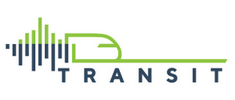
TRANSIT
TRAin pass-by Noise Source characterization and separation Tools for cost-effective vehicle certification (TRANSIT) will provide the railway community with a proven set of innovative tools and methodologies that reduce the environmental impact and improve interior acoustic comfort of railway vehicles.